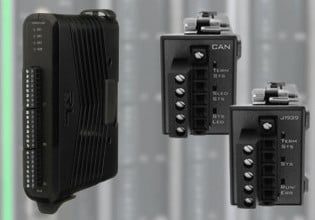hello everyone. I have one question regarding the RTD Platinum PT100 output.
we have 3 RTD install on heat exchanger after replacing shell and tube reading reduces from 117 to 111
As per our process indication and energy consumption the Temp Transmitters it actually should read higher than current reading.
What will be the possible cause for temperature reduce while process temperature should be around 118 C.
we have 3 RTD install on heat exchanger after replacing shell and tube reading reduces from 117 to 111
As per our process indication and energy consumption the Temp Transmitters it actually should read higher than current reading.
What will be the possible cause for temperature reduce while process temperature should be around 118 C.






